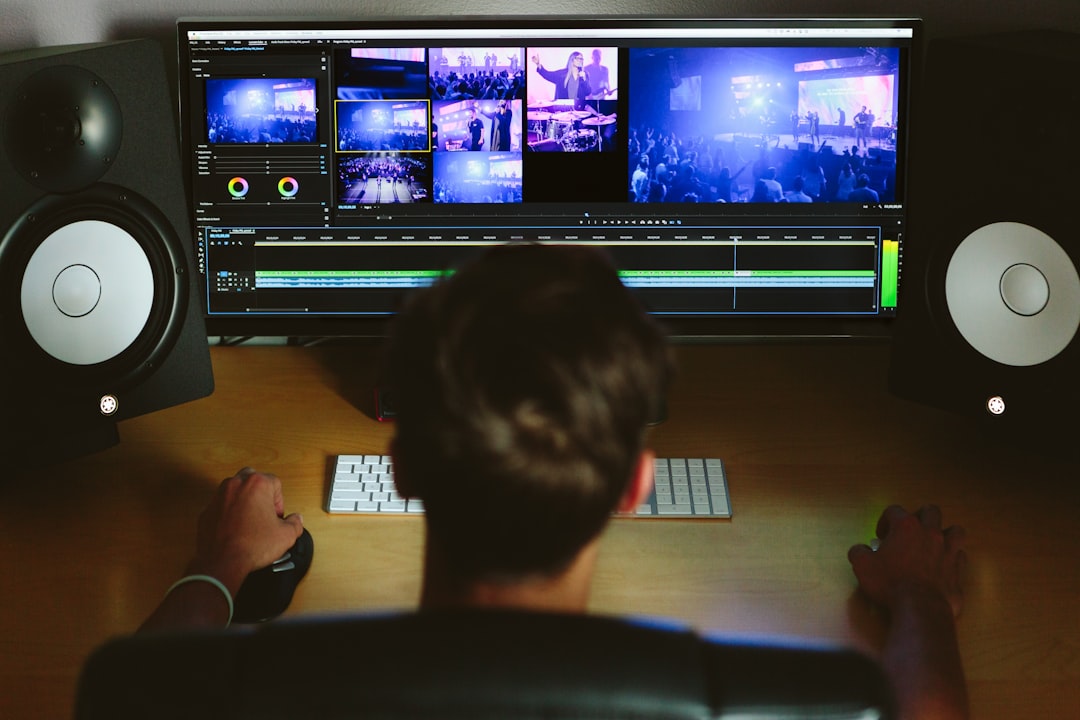As online video consumption continues to surge, from entertainment to education and business communication, the need for efficient video processing has never been greater. For decades, traditional video coding methods have enabled content creators and distributors to compress, store, and transmit video efficiently. However, with advancements in artificial intelligence (AI), a new paradigm is emerging—AI-driven video processing. This article delves into a comparative analysis of traditional video coding and AI-based video processing techniques, examining their differences, advantages, and applications.
Understanding Traditional Video Coding
Traditional video coding is a time-tested approach that uses mathematical algorithms to compress video data to reduce file size while attempting to preserve as much of the original quality as possible. Standards like H.264, HEVC (H.265), and the newer VVC (H.266) are widely employed.
These methods rely on key techniques such as:
- Temporal and spatial redundancy reduction: Eliminating repeated information across frames and within frames.
- Transform coding: Converting spatial data into frequency components (e.g., via Discrete Cosine Transform).
- Motion estimation and compensation: Predicting the movement of pixels between video frames.
- Entropy coding: Compressing data using techniques like Huffman coding and arithmetic coding.
While traditional video coding has evolved significantly, with each new standard offering higher compression rates and better quality, it still faces limitations. The algorithms are complex, computationally heavy, and primarily rule-based, which can lead to inefficiencies in scenarios requiring adaptive or real-time optimization.
Rise of AI-Driven Video Processing
AI-driven video processing introduces a game-changing shift. Instead of relying solely on predefined rules, AI techniques use machine learning models—especially deep learning—to analyze, process, and optimize video content dynamically. AI can enhance every stage of the video pipeline, including compression, enhancement, upscaling, object detection, segmentation, and even content generation.
Technologies that empower AI-driven video processing include:
- Deep Neural Networks (DNNs)
- Convolutional Neural Networks (CNNs) for spatial processing
- Recurrent Neural Networks (RNNs) and Transformers for sequence data
- Generative Adversarial Networks (GANs) for content enhancement and synthesis
Major tech companies like Google, NVIDIA, and Meta are investing heavily in this area, showcasing AI video codecs that outperform traditional standards in specific metrics.

Comparison: Traditional vs AI-Driven Approaches
1. Compression Efficiency
Traditional codecs like H.264 and HEVC are optimized for general content and have been refined through decades of development. However, they are limited by their hardcoded rules and block-based architectures.
AI-based compression methods adapt to the characteristics of specific content. Through learning from large datasets, AI models can achieve better compression rates while preserving higher perceptual quality. End-to-end neural compression models are increasingly demonstrating superior bitrate savings compared to even modern standards like HEVC.
2. Computational Complexity
Traditional codecs require significant processing power for encoding, particularly at higher resolutions. However, their decoding is often efficient and thus well-suited for resource-constrained devices.
AI models are computationally intensive both in training and inference. Though newer lightweight models and edge-friendly AI chips are improving efficiency, deploying AI models on mainstream consumer devices still presents challenges in power and thermal limits.
3. Flexibility and Adaptability
Traditional video coding algorithms are static in behavior. Once a codec is finalized, it remains largely unchanged except for software optimizations.
AI-driven systems can evolve. These models can be trained on specific types of video content—such as medical imagery, animation, or surveillance footage—allowing tailored optimization. Additionally, AI offers better performance in low-bandwidth situations by customizing output based on content complexity and available resources.

4. Quality Enhancement
While traditional codecs apply filters to reduce visual artifacts, they lack the ‘intelligence’ to distinguish between noise and meaningful details.
AI-driven tools shine in this area through:
- Super-resolution: Upscaling videos while preserving or enhancing detail using deep learning.
- Compression artifacts removal: AI can clean up block artifacts and blurring more effectively than traditional filters.
- Low-light enhancement: Neural networks adaptively brighten frames without washing out details.
5. Real-Time Applications
Live streaming, gaming, and video conferencing require fast and reliable processing. While traditional codecs have the benefit of being hardware-accelerated (like H.264 on GPUs and mobile chips), AI-based methods are only beginning to gain real-time viability through custom silicon (e.g., Google’s TPUs or Apple’s Neural Engine).
However, AI models can bring added value to live applications through real-time enhancements such as background replacement, head tracking, and intelligent bandwidth adaptation.
Use Cases and Industry Adoption
AI in Video Streaming: Companies like Netflix and YouTube are experimenting with AI video encoders that tailor compression based on scene complexity and viewer device capabilities, enhancing buffering and user experience.
Surveillance and Security: AI algorithms are leveraged for real-time object recognition, anomaly detection, and license plate recognition, which go beyond what traditional codecs can do alone.
Telemedicine and Medical Imaging: AI supports higher diagnostic accuracy through video enhancement, making it invaluable in healthcare applications.

Challenges and Limitations
Despite its promise, AI-driven video processing faces hurdles:
- Model size and compute demand: Even optimized models require significant processing power and memory.
- Lack of standardization: Traditional methods benefit from widely adopted international standards. AI methods currently lack such consensus and compatibility.
- Interpretability and trust: Unlike traditional algorithms, AI models are often black boxes, making troubleshooting and optimization harder.
- Implementation cost: Training and deploying AI systems can be expensive and complex.
The Future of Video Processing
In the years ahead, a hybrid approach may become the norm. By combining the reliability and interoperability of traditional codecs with the intelligence and adaptability of AI, developers can design optimized systems that reap the benefits of both worlds.
Standards bodies like MPEG are already exploring neural network-based coding extensions, signaling a convergence of the two domains. Meanwhile, real-time AI-powered enhancements will continue to reshape how we consume and interact with video content across devices and platforms.
FAQs
-
Q: Is AI video processing better than traditional video coding?
A: AI-based processing can outperform traditional methods in compression efficiency and visual quality for certain types of content, but traditional methods are still more efficient in standardized, hardware-supported applications. -
Q: Can AI be integrated with existing video codecs?
A: Yes, hybrid systems are emerging that use AI components to enhance or assist traditional codecs, especially in artifact removal, upscaling, and adaptive encoding. -
Q: Does AI require more computational power?
A: Generally, yes. While inference can be optimized for edge devices, training deep models and running complex tasks still demand GPU or specialized hardware support. -
Q: Is AI video coding widely used today?
A: It is still in the adoption phase for mainstream use but is already being deployed in niche areas like surveillance, streaming personalization, and medical imaging. -
Q: What are examples of AI video processing in real life?
A: AI is used in apps like Zoom for background blur, Netflix for adaptive streaming, and smartphones for real-time video enhancement in camera apps.



